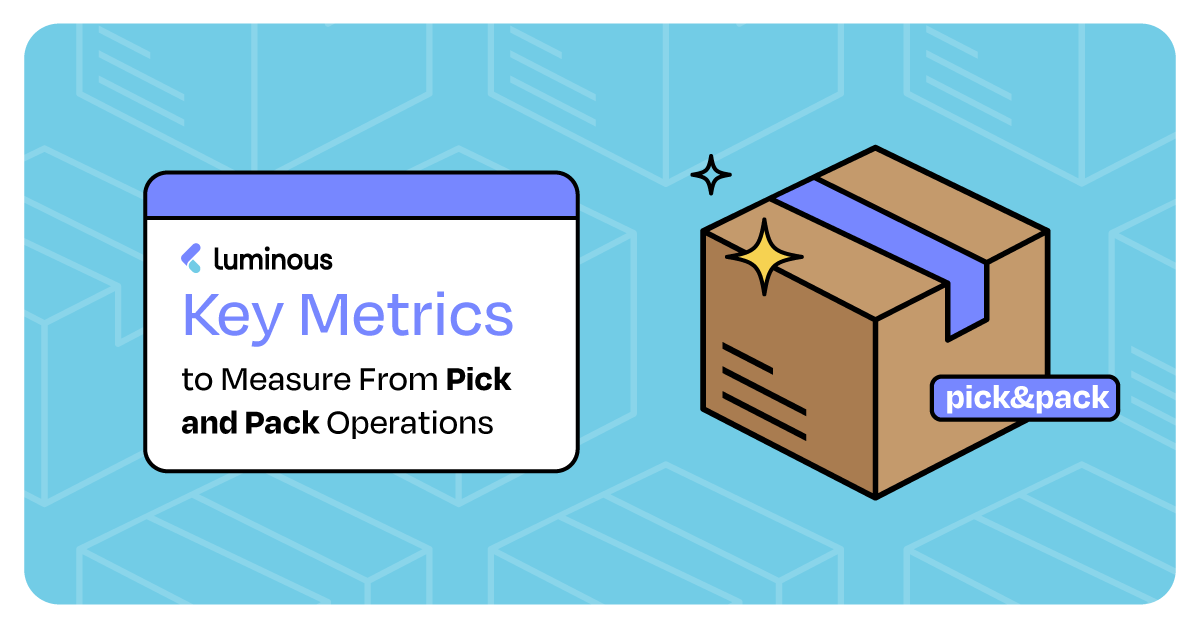The Perils of Overstocked Items Inventory management is a crucial aspect of running a successful business. While it is essential ...
In this article:
Ecommerce Forecasting
In the world of ecommerce, demand forecasting is a critical component for businesses looking to optimize their operations and maintain profitability. However, accurately predicting customer demand is often easier said than done. In this blog post, we’ll explore the reasons why demand forecasting is so difficult for ecommerce companies, and how Luminous provides custom reporting and demand planning solutions to help businesses overcome these challenges.
Rapidly changing consumer behavior
One of the biggest challenges in demand forecasting for ecommerce companies is the rapidly changing behavior of consumers. With so many options available to shoppers, it can be difficult to predict what products they will want to buy and when they will want to buy them. This challenge has been exacerbated by the COVID-19 pandemic, which has led to a surge in online shopping and changes in consumer behavior.
According to a report from McKinsey, ecommerce saw ten years’ worth of growth in just three months during the height of the pandemic. This surge in demand for ecommerce products created significant supply chain disruptions, and businesses struggled to keep up with the sudden increase in orders.
Seasonal variations
Seasonal variations can also make demand forecasting difficult for ecommerce companies. Many businesses experience fluctuations in demand based on the time of year, such as increased sales during the holiday season. However, predicting the exact timing and magnitude of these fluctuations can be a challenge.
According to a report from IBISWorld, the holiday season can account for as much as 30% of annual sales for some retailers. However, if a business doesn’t accurately predict the demand for certain products during this time, they may end up with excess inventory that they can’t sell after the holidays are over.
Inventory management challenges
Inventory management is a critical component of demand forecasting for ecommerce companies. Businesses need to have the right amount of inventory on hand to meet customer demand, but not so much that they are left with excess inventory that they can’t sell.
According to a survey by Wiser, 38% of retailers struggle with overstocking, while 31% struggle with understocking. Overstocking can lead to significant losses for businesses, as they may be forced to discount products to clear excess inventory. On the other hand, understocking can result in lost sales and unhappy customers.
Lack of historical data
Another challenge in demand forecasting for ecommerce companies is the lack of historical data. Many ecommerce businesses are relatively new, and may not have a lot of data to use for forecasting. This lack of historical data can make it difficult to predict future demand, as businesses don’t have a clear understanding of how their products will perform over time.
How Luminous can help
At Luminous, we understand the challenges that ecommerce companies face when it comes to demand forecasting. That’s why we offer custom reporting and demand planning solutions to help businesses overcome these challenges and optimize their operations. Our team of ecommerce and supply chain experts are up for the task to help you accurately forecast demand.
Ready to get started?
See how Luminous can transform the way you manage ecommerce.
Keep Learning


Efficiency in order fulfillment is a critical component of any successful e-commerce business. One of the key strategies to ...
Luminous Team
April 17, 2024

In the fast-paced world of warehousing and logistics, staying on top of your pick and pack operations is crucial for success. To ...
Luminous Team
April 17, 2024
Stay up-to-date on the latest.
Subscribe for updates from Luminous—fresh insight delivered to your inbox twice a month.
